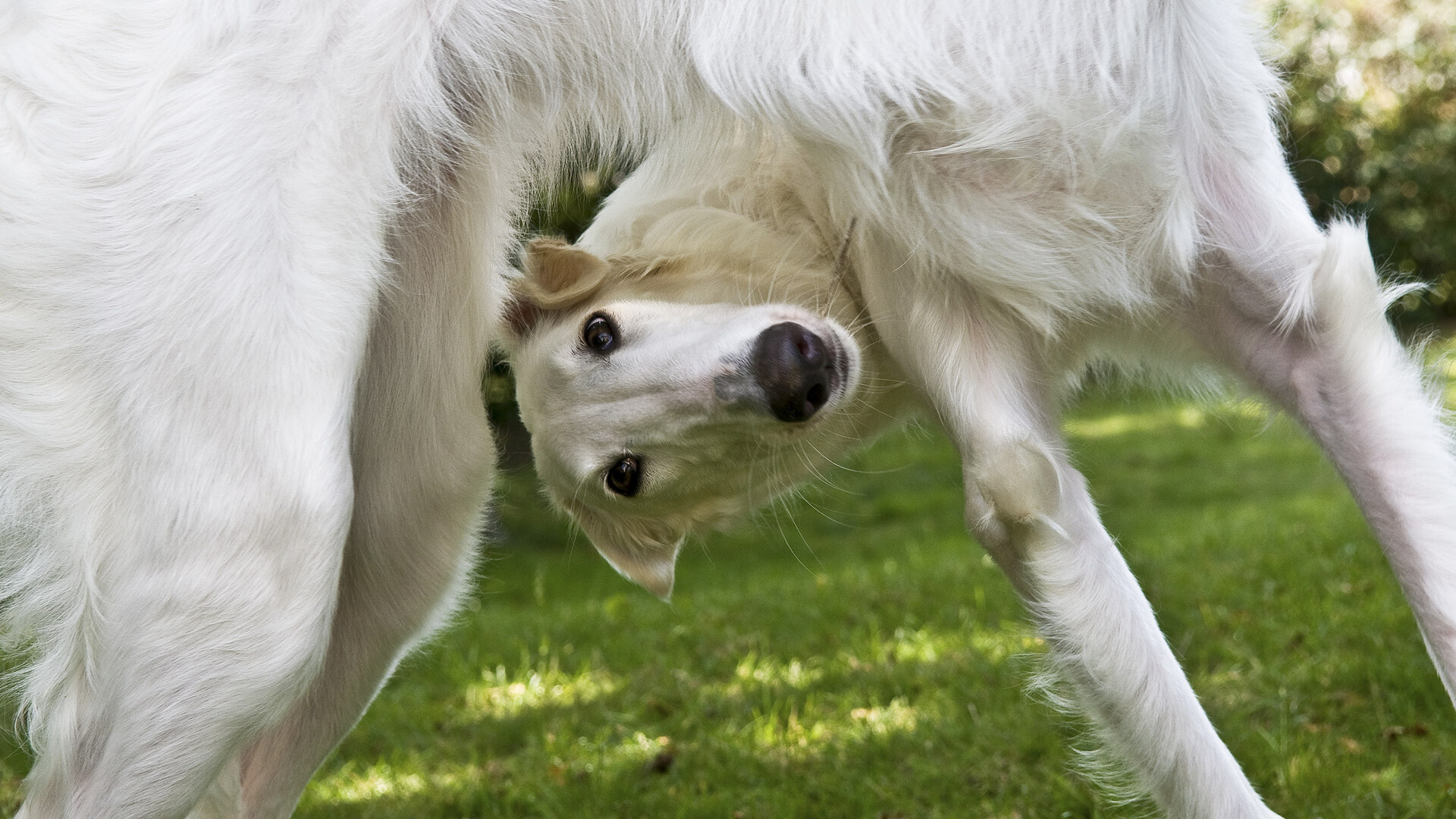
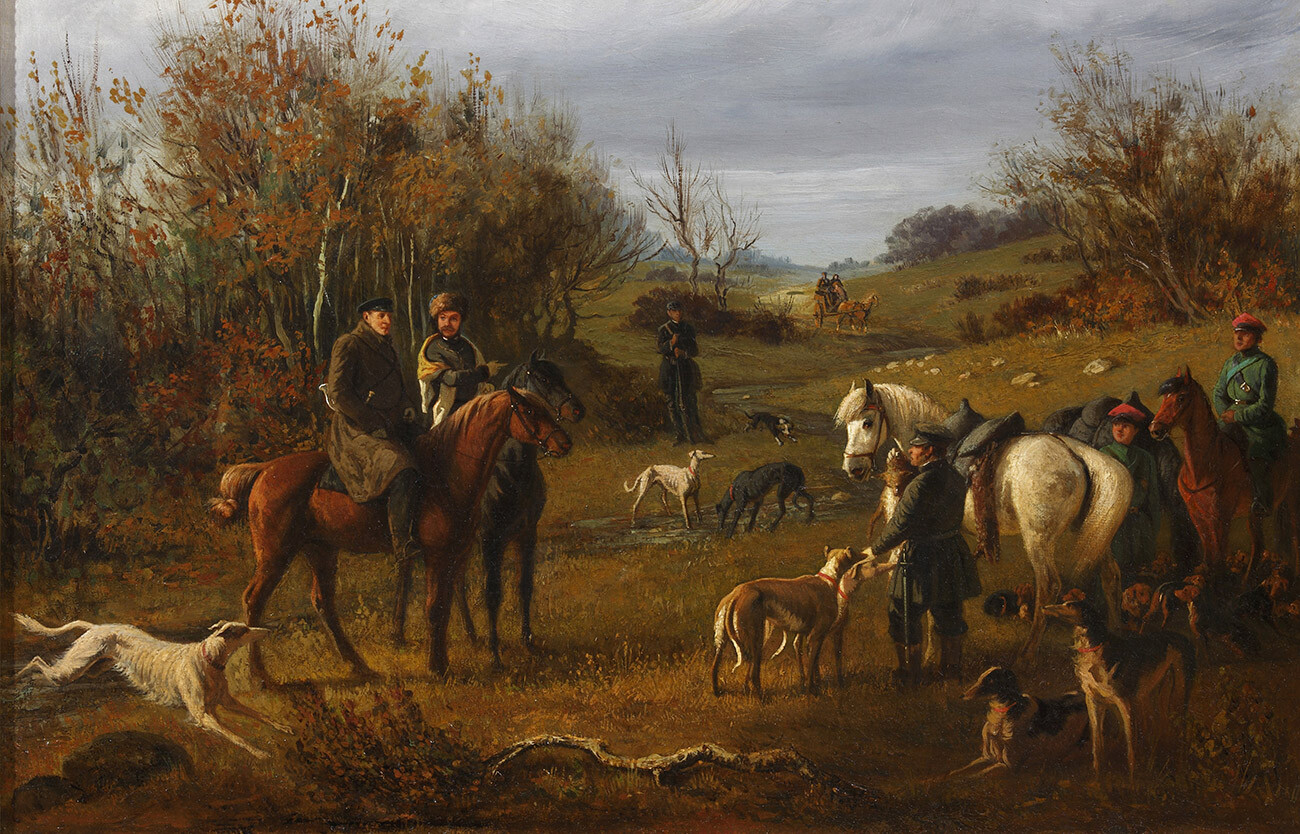
Hunting with Borzois, 1840s. Found in the Collection of State Museum of Leo Tolstoy, Moscow.
Getty ImagesIn previous centuries, Russian nobility loved to hunt wolves and bears. The beast was chased down with the help of dogs. For hunting, they needed the fastest and most resilient dogs. And that's what the Russian Borzoi dogs became. ‘Borzoi’ means ‘fast’ in archaic Russian.
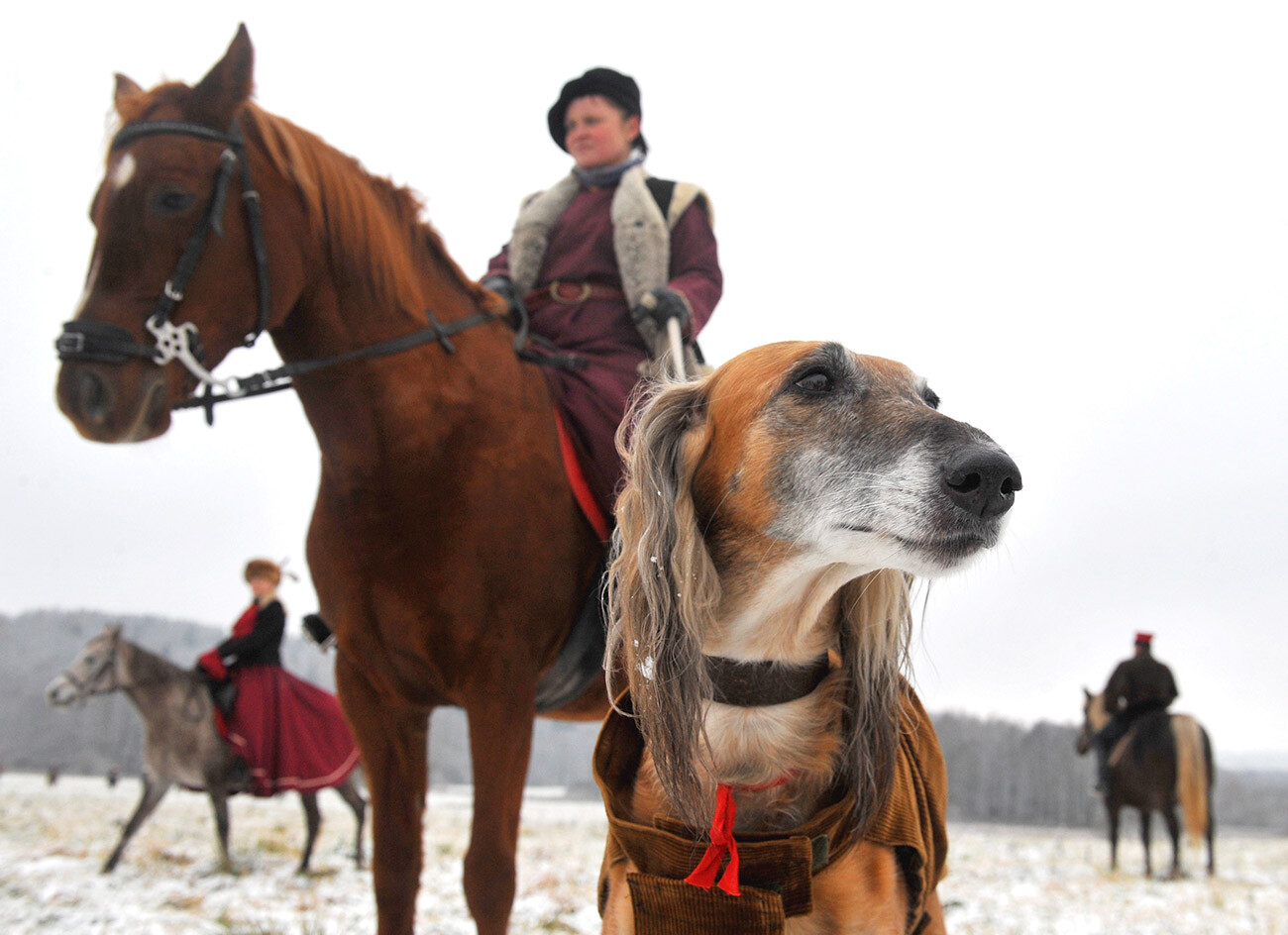
Reconstruction of dog hunting.
Viktor Drachev/TASSSuch hunting dogs were common in countries where hunting was popular. The Russian Borzoi was bred from the Saluki (as Persian greyhounds were called) and Russian Laikas.
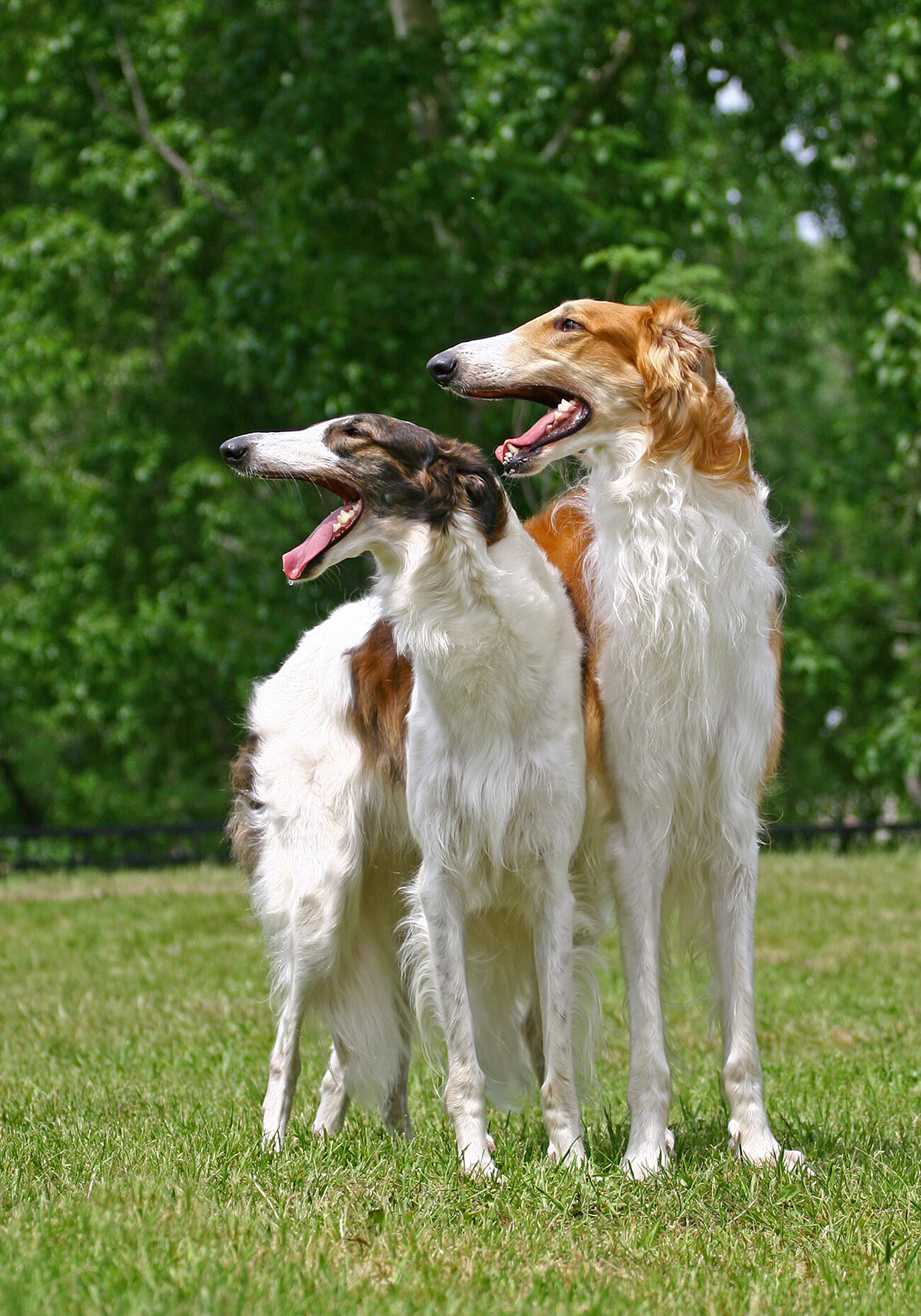
Landowners kept dozens of dogs in one yard at a time and, already in the 17th century, the Russian Borzoi breed was formed. Unlike the Saluki, which pursue prey over long distances in the steppe, Russian Borzois can catch up with the beast at short distances in forest clearings.
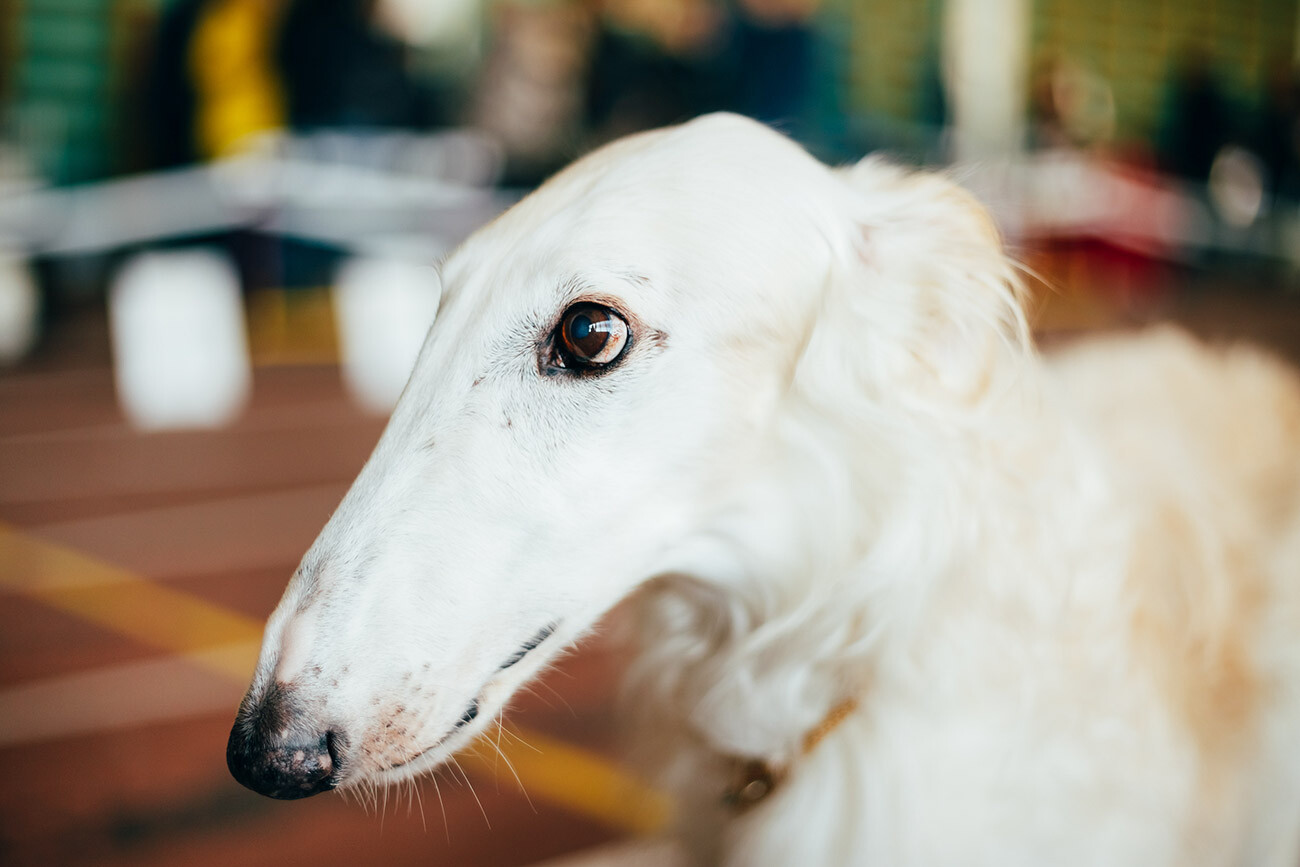
The first standard of the Russian Borzoi was adopted in 1888. It has a narrow, elongated muzzle, long legs and silky fur. It is one of the tallest dogs in the world: its height at the withers reaches 0.85 meters. The Borzoi is the fastest among all the dogs bred in Russia. It can reach speeds of more than 50 km/h.
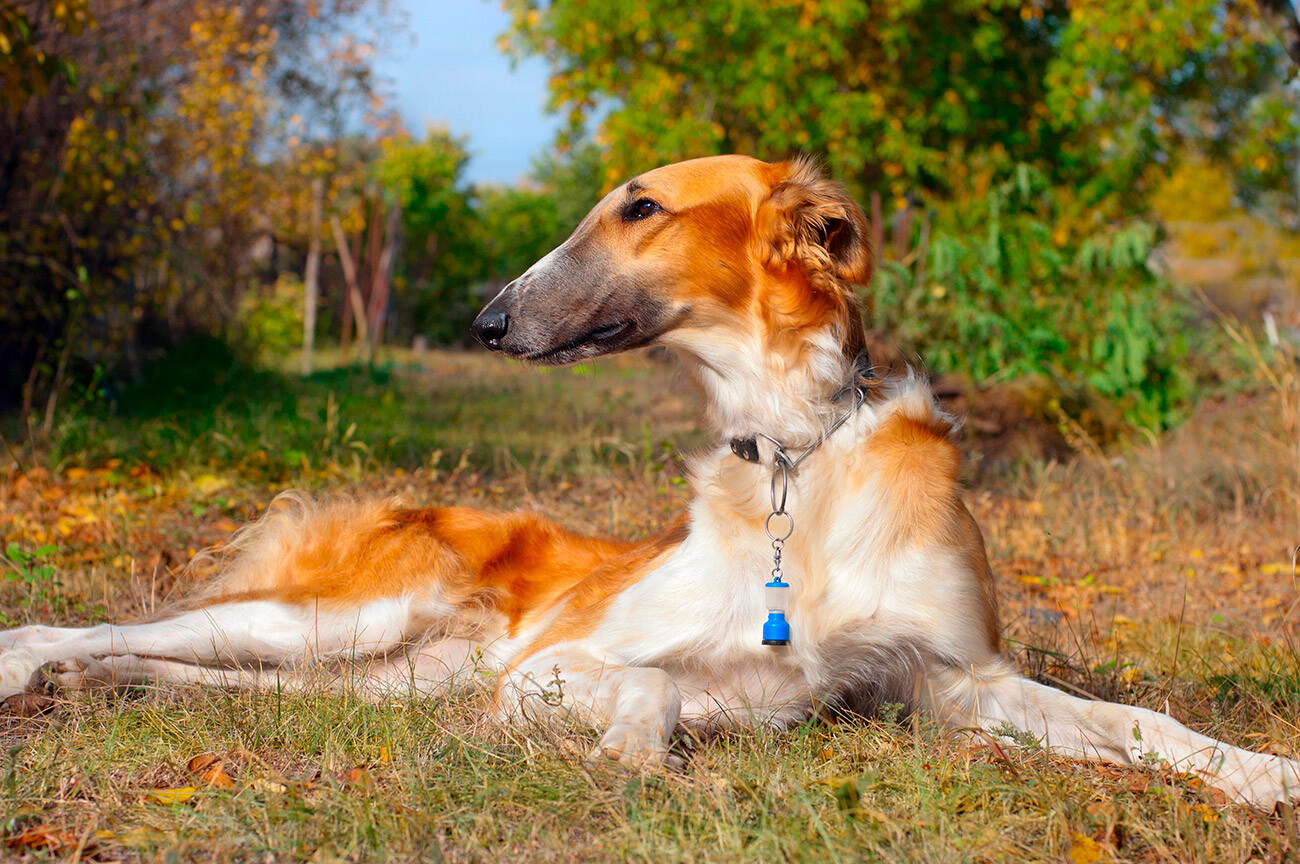
However, when the Borzoi is not hunting, it has a very calm and lazy character. Most of all, it likes to rest with its paws stretched out. When it lies down, it even seems flat - so compact the dog can fit in any house.
Despite the fact that it seems very calm, breeders recommend to keep it busy with active outdoor play for at least an hour a day.
Dear readers,
Our website and social media accounts are under threat of being restricted or banned, due to the current circumstances. So, to keep up with our latest content, simply do the following:
If using any of Russia Beyond's content, partly or in full, always provide an active hyperlink to the original material.
Subscribe
to our newsletter!
Get the week's best stories straight to your inbox